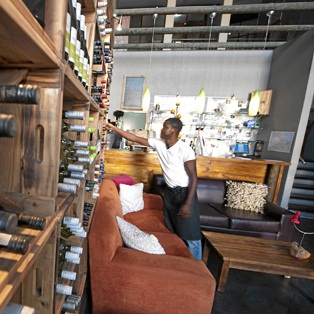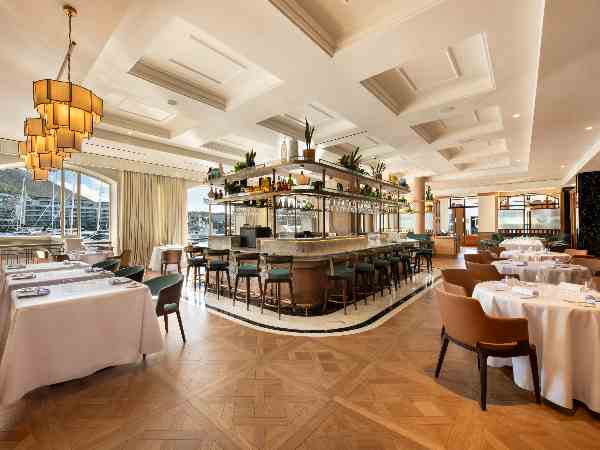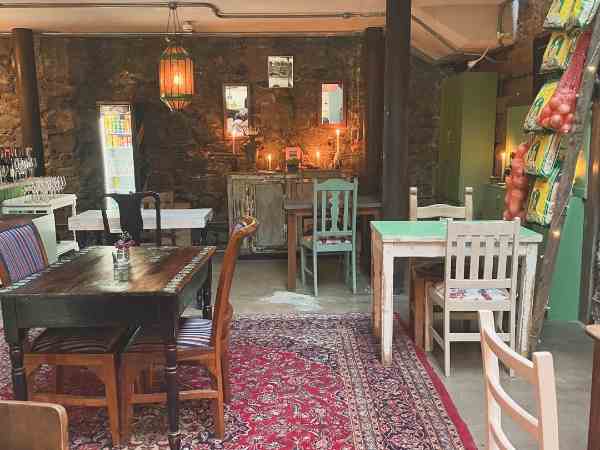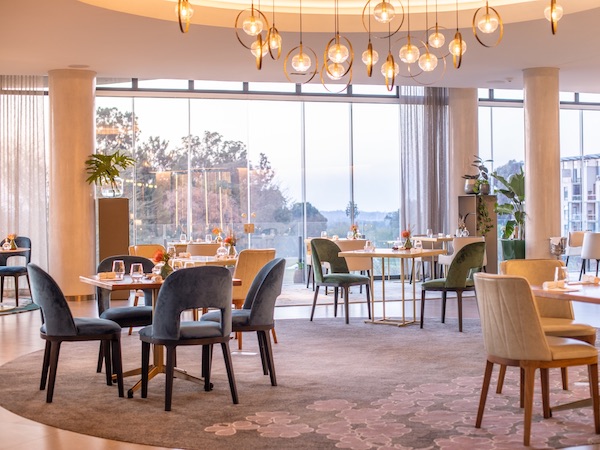News
Setting the wine bar
Thursday, June 30th, 2011
Bars generally fill me with fear and loathing.
I associate them with barflies, barfing and barbarism. Historically, most South African bars resembled either a British city pub or a saloon in the Wild West: masculine domains with spillage, sticky floors, noise, crowds, brawls, bawdiness, alkies, lonely hearts nursing drinks and party animals cheering at television screens. There were also “ladies bars” but even then these were generally uncomfortable spaces for women.
But a wine bar conjures up something altogether different. Their popularity in the 1990s, especially in North American cities where they sprang up in their hundreds, was fuelled by a burgeoning clientele of independent, moneyed women wanting a quieter and more sophisticated space beyond the cocktail lounge. At the same time, wine culture was growing apace. As restaurants have become more refined so the barroom too has evolved.
Wine bars are fairly new to South Africa and it seems the public hasn’t yet quite understood the concept. Wine bars seem to open and fail at an even more alarming rate than restaurants.
Is it just a bar that serves wine rather than beer and spirits? Or is it a restaurant but with the emphasis on the wine list rather than on the menu? One expectation is that there should be an unusually high number of wines available by the glass. But what else makes a good wine bar?
Laid-back elegance Harold Stoffel’s eponymously named establishment (at The Ritz in Seapoint) visually resembles what the concept calls to mind – a laid-back, intimate venue, walls lined with wooden racks and bottles (and a collection of African masks). There isn’t much of a bar counter but mostly settees and low tables, seating on the pavement outside and upstairs a cosy private corner. The crowd is cosmopolitan with many regulars. The background music is unobtrusive.
About 20 wines are available in elegant, large Burgundy wine glasses by the quarter bottle (187.5ml). Prices are about 27% of the bottle price.
More upmarket is French Toast, which opened late last year. On two floors, it is lavishly laid out. The exposed rafters, brickwork and floor-to-ceiling glass windows make this a good-looking, welcoming place. It also has that most precious commodity – a row of parking bays directly outside.
The wine list looks attractive but is almost devoid of information. Many wines here are rare and pricey; cheaper wines are rather underre-presented. Cellar holdings include burgundies, bordeauxs and Rhone blends, German rieslings and Italian classics.
There are about 80 wines available by the 150ml glass. Prices are calculated at one fifth of the bottle price plus R5. They also offer flights of wine: three glasses of 50ml each of either pinot noir, sauvignon blanc or bubbly for R80. That means, to make this worthwhile, the average bottle price for these wines should be R375. The kitchen produces good quality hot and cold tapas as well as selections of charcuterie and cheese. The Frenchiest thing on the menu is the pork short rib with bordelaise sauce. The French toast dessert is recommended — two slices stuffed with banana and cashew nuts.
A sound selection
Noise levels hover around an acceptable 60-decibel level (according to my sound meter). Chenin (previously the Nose wine bar) on the cobbled square of the Cape Quarter lists 80 wines. About 40 local wines, under R180 a bottle, are available by the glass. The wines are described in adequate, boilerplate style, though one could hardly resist ordering a Gabriëlskloof 2010 Sauvignon Blanc to find out what exactly is meant by its description: “Ripe green fig, nettles and nuts with a rich gooseberry fragrance and mouth feel mmmmm!!”
Food is a strong point here and exceptional value for money. Currently on offer is a Karan beef sirloin for R70.
The oldest and most established of the wine bars is the thoroughly professional outfit Caveau. Busy and popular almost all day, here noise levels hover around 60 to 75 decibels. Named after an iconic historical restaurant in Paris, Caveau is in the Heritage Square building. The interior has earthy tones, exposed red brick walls, wine barrels, scarred wooden tables and large Georgian sash windows.
The lengthy wine list is divided into “easy drinkers”, “discoveries”, “food-friendly” wines, “rarities” and vintage wines. These include Cape Wine Guild and Nederburg Auction bins. Wine glasses are 187.5ml and sold at a quarter of the bottle price.
The kitchen serves a range of menu options, from tapas and sushi to conventional mains, and some tasty fusion cuisine concoctions, such as corn cheese samoosas, and a rich and gamey gemsbok quesadilla.
As a parting observation, all these establishments would benefit by having available on the floor at least one professional sommelier.
* Caveau Wine Bar and Deli, Bree Street (now Bistrot Bizerca)
* Chenin, Cape Quarter (closed)
* French Toast Wine and Tapas Bar, Bree Street (now The Odyssey Gastrobpub)
* Harold’s Wine Bar at The Ritz, Sea Point
By Brent Meersman for the Mail & Guardian












